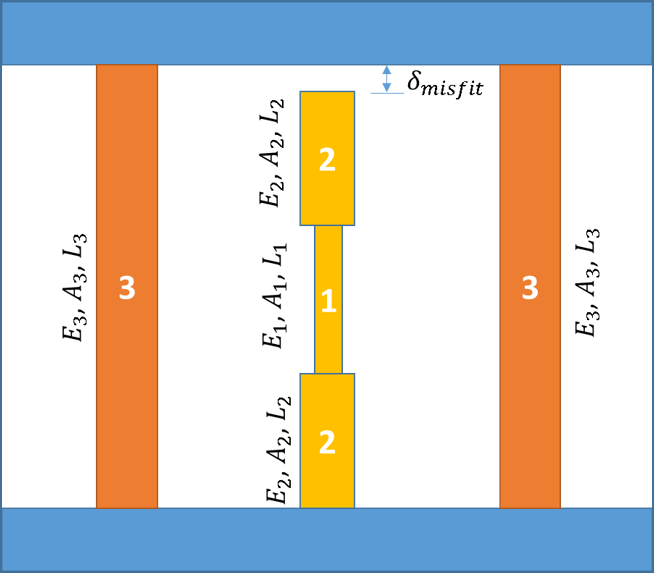Treatment of Residual Stresses Considering Elastic Follow-Up
By Guiyi Wu
Industrial Need
Residual stresses may be introduced during the processes of welding and installation. The presence of tensile residual stresses in cracked components can cause the component to fail by fracture or collapse at a lower applied load than that when residual stresses are not present. The structural integrity assessment codes, e.g. API 579, BS 7910 and R6, classify stresses contributing to plastic collapse of the structure as primary stresses and those that do not contribute to plastic collapse as secondary stresses. In these codes, residual stresses are usually treated as secondary stresses but it is noted that long-range residual stresses are associated with significant “elastic follow-up”, and therefore may be classified as primary stresses.
An example of a long-range residual stress is the uniform tensile stress introduced into a pipe due to the boundary conditions, e.g. ground movement. Elastic follow-up is the follow-up elasticity which tends to increase the permanent plasticity at a localised region of an engineering component. However, there is no detailed guidance defining what level of elastic follow-up should be deemed to be significant and therefore it is not clear whether welding residual stresses or long-range residual stresses should be considered to be primary, secondary or somewhere between the two.
This work applies theoretical models and finite element analysis (FEA) to quantify elastic follow-up in three-bar structure models (benchmark models) containing fit-up residual stresses and a plate model containing welding residual stresses. The effects of elastic follow-up on crack driving force, plastic collapse and residual stress relaxation were thoroughly studied via FEA using benchmark models. This was followed by finite element modelling of a plate containing welding residual stresses which were introduced into the plate using a mapping technique. The influence of elastic follow-up on the redistribution of welding residual stresses was examined. Finally, the implications of residual stress treatment in the context of fracture assessment were explored.
Key findings
-
The level of elastic follow-up can be represented by the elastic follow-up factor which can be evaluated using the stiffness method, the elastic-plastic response method and the residual stress relaxation method.
-
The stiffness method predicts the elastic follow-up appropriately for a structure with simple geometry but cannot predict the elastic follow-up accurately for a complex structure.
-
The elastic-plastic response method or the residual stress relaxation method can be used to evaluate the elastic follow-up in simple and complex structures.
-
Long-range residual stresses are not always associated with significant elastic follow-up; it depends on the stiffness of the structure. Hence, determination of elastic follow-up is required to assist with classification of long-range residual stresses into primary or secondary stresses or somewhere in-between.
-
Self-balancing welding residual stresses can be treated as secondary stresses which do not contribute to plastic collapse. This is in line with the recommendation in BS 7910.
-
Residual stress relaxation can be estimated if the elastic follow-up is known.
Three-bar assembly with varying cross sections in the central bar
